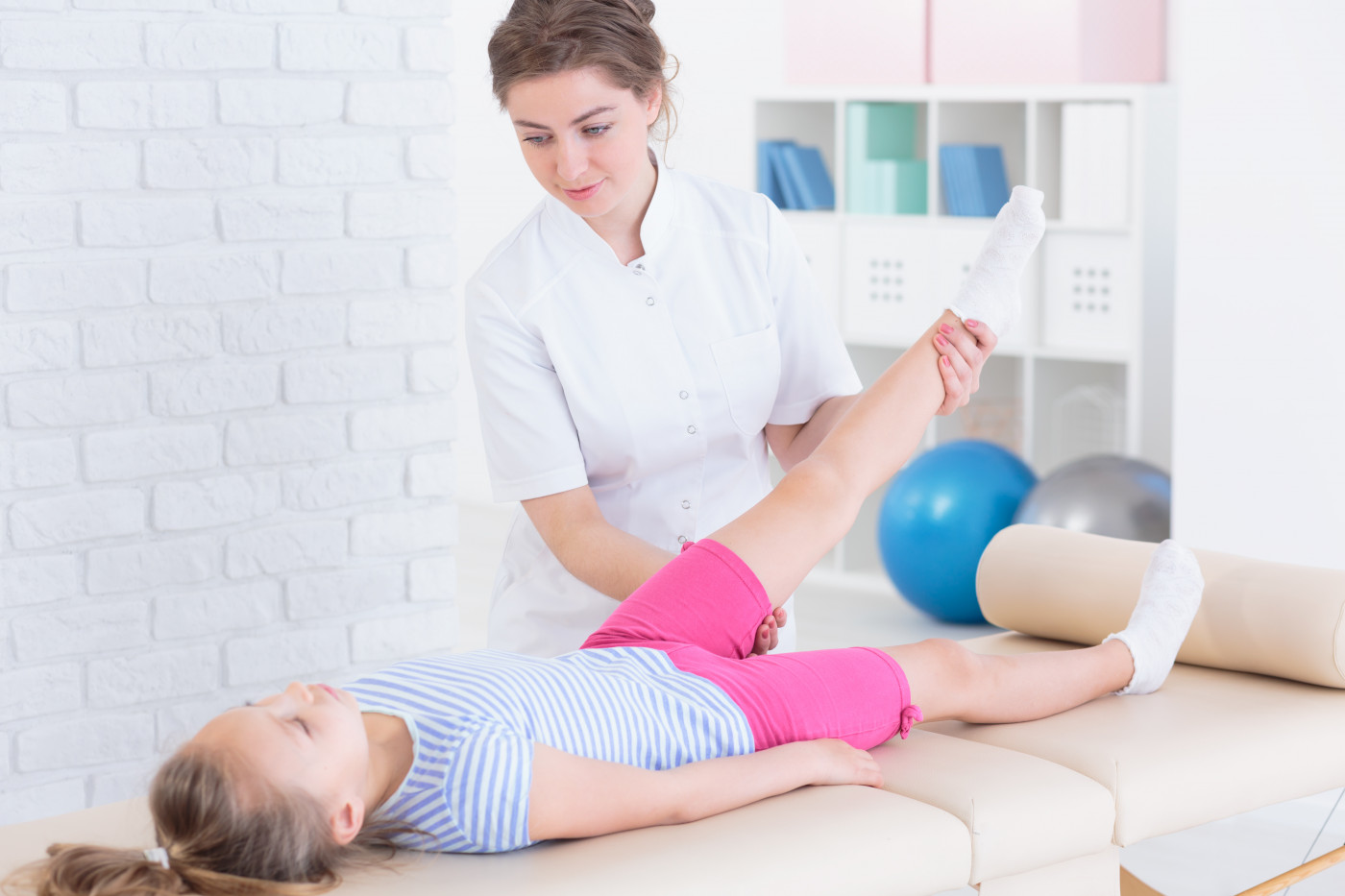Botulinum Toxin Doesn’t Seem to Improve Spasticity in CP Kids Who Undergo Intensive Physiotherapy, Study Shows

Botulinum toxin A (BoNT-A) does not appear to improve spasticity in cerebral palsy (CP) in children treated with intensive physiotherapy, a Dutch study shows.
The research, “Value of botulinum toxin injections preceding a comprehensive rehabilitation period for children with spastic cerebral palsy: a cost-effectiveness study,” was published in the Journal of Rehabilitation Medicine.
Ambulatory treatment with botulinum toxin type A (BoNT-A) is commonly used in cerebral palsy spasticity due to its ability to reduce muscle spasms. BoNT-A treatment intends to improve activity and participation of patients, and is repeated frequently throughout childhood.
BoNT-A injections should be combined with other, preferably activity-focused interventions, such as physiotherapy and, if needed, casting and/or ankle-foot orthoses. With this approach, clinicians aim to optimize the benefits of physiotherapy and other treatments.
Research shows that the combined approach including BoNT-A improves spasms, muscle tone, and range of motion. However, the effectiveness of BoNT-A in all cerebral palsy severity groups is unclear.
Scientists are also not sure whether the benefits of the combined treatment can be attributed to BoNT-A, as individually tailored intensive physiotherapy alone offers improvement to these children.
In addition, treatments with BoNT-A are costly and, as they require injections, can be inconvenient. Therefore, a thorough analysis of the cost-effectiveness of adding BoNT-A to cerebral palsy therapies is required.
The research team primarily analyzed gross motor function, levels of physical activity, and health-related quality of life (HQRoL) in children with spastic cerebral palsy. The analyses were done at baseline, at 12 weeks (end of treatment), and at 24 weeks follow-up after treatment.
Researchers also assessed economic outcomes, such as patient costs.
In total, the multi-center study included 65 children ages 4 to 12 with levels I–III (less severe) of cerebral palsy severity, according to the Gross Motor Function Classification System. The children were assessed between October 2009 and September 2013.
Forty-one children were treated with the maximum recommended dose of BoNT-A plus intensive physiotherapy, and 24 received intensive physiotherapy only. Patients also received ankle-foot orthoses and/or casting.
At 12 weeks, treatment with intensive physiotherapy alone improved objectively measured sedentary physical activity. The combination strategy with BoNT-A did not induce any benefit and was more costly — 8,963 euros compared to 6,182 euros (around $11,000 U.S. compared to $7,590 U.S.). No differences were found at follow-up.
“Both from a clinical and an economic viewpoint, it is time to critically reconsider the use of BoNT-A injections in treatment aiming at improving gross motor function, physical activity levels and/or HRQoL of 4-12-year-old children with spastic CP,” the researchers wrote.
However, these findings do not mean that other subgroups of cerebral palsy patients may benefit from BoNT-A injections, the authors observed.
“As [intensive physiotherapy] appears to be the dominant component for effectiveness in our study, future research should also focus on how to optimize [physiotherapy] content and planning,” the researchers added.
Among the study’s limitations, the authors mentioned the relatively small group and the lack of random assignment of patients to treatment groups. This was due to the strong preference of some parents for one of the interventions, they noted.


